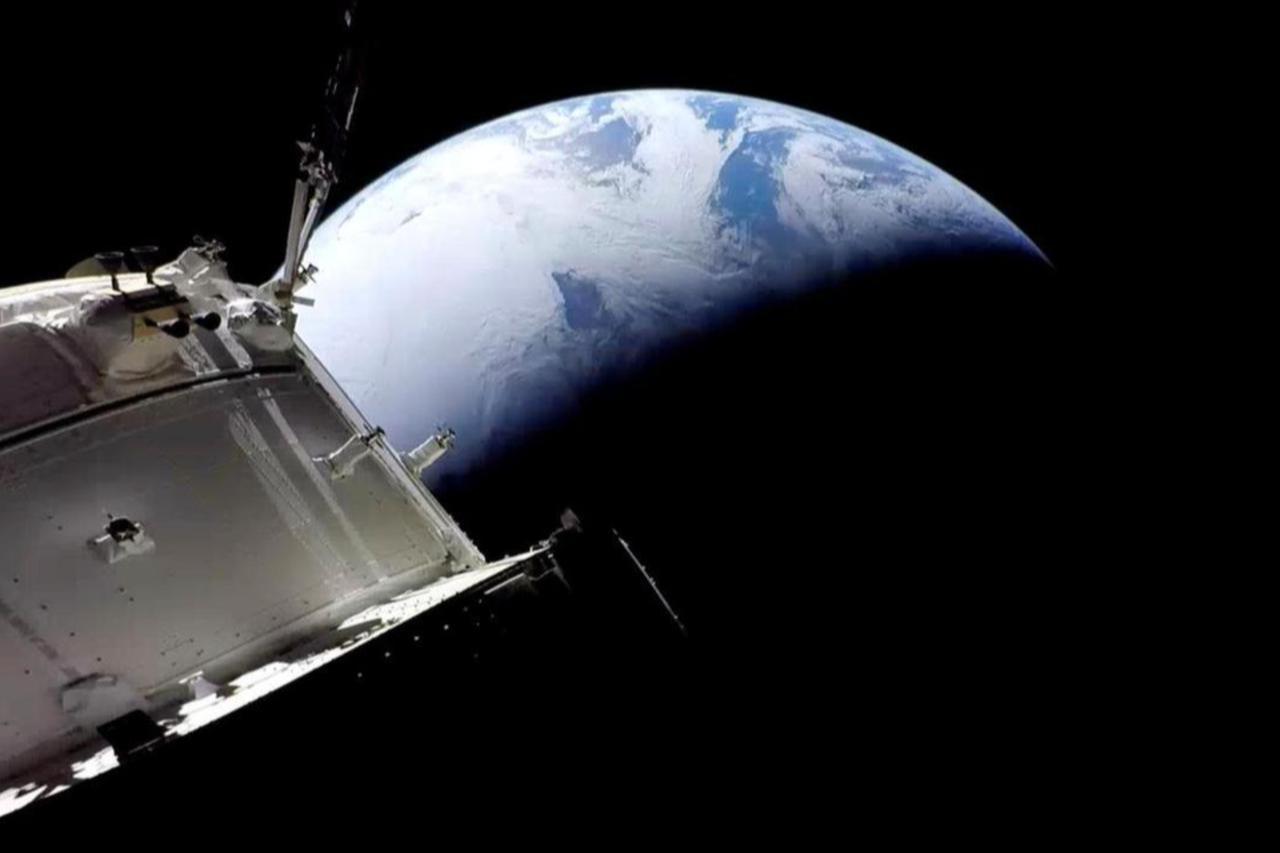
An international team of astronomers led by a Turkish scientist has discovered four exoplanets, one of which is in the habitable zone.
Turkish-led Team Discovers Four Exoplanets, Including One in Habitable Zone
The results of doctoral student Selcuk Yalcinkaya’s research at Ankara University, titled ‘Discovery and Characterization of Super-Earth and Mini-Neptune Exoplanets,’ were published in Astronomy & Astrophysics, one of the most prestigious journals in astronomy.
Supported under the TUBITAK 2214-A Doctoral Research Abroad Scholarship Program, Yalcinkaya conducted part of his research at the University of Liège in Belgium.
Working in Türkiye and abroad, Yalcinkaya led a team of international astronomers, including a Nobel laureate, using the “transit method” to identify four exoplanets: two around the small, cool star TOI-5799 and one each around stars TOI-1743 and TOI-6223.
The study used telescopes at Ankara University's Kreiken Observatory and the Türkiye National Observatory (TUG).
One of the exoplanets discovered around TOI-5799, located about 90 light-years away, TOI-5799c, is at the inner edge of the star’s habitable zone.
Due to its location, the exoplanet could potentially have an atmosphere, making it a candidate for future observations of signs of life using the James Webb Space Telescope (JWST).

Yalcinkaya told Anadolu Agency (AA) that the exoplanets were previously classified as “planet candidates” by the Transiting Exoplanet Survey Satellite (TESS).
He explained that TESS searches for “transit signals” caused by a planet passing in front of its star over 30-day observation periods.
“We then observe the signal using telescopes around the world, including our 80-centimeter telescopes at the observatory, to confirm it originates from the target star and not nearby stars,” he said.
Additional observations were conducted using telescopes in different countries, alongside those at AUKR and TUG. With TUBITAK support, part of the work was carried out abroad.
The study confirmed four exoplanets: two around TOI-5799, and one each around TOI-1743 and TOI-6223.
“TOI-6223b is Neptune-sized but very close to its star, so it is classified as a hot Neptune. TOI-1743b is a Super-Earth, about 70% larger than Earth and likely a rocky planet, but it probably cannot retain volatile gases in its atmosphere due to proximity to its star,” Yalcinkaya said.
TOI-1743b completes an orbit every four days, compared to Earth’s 365, and is likely too hot to support an atmosphere.

The TOI-5799 system is particularly interesting, Yalcinkaya said.
He added that TOI-5799b and TOI-5799c are both about 70% larger than Earth and thus fall into the Super-Earth category, with a high likelihood of being rocky.
TOI-5799b is very close to its star, completing an orbit every four days, making it too hot to host life. TOI-5799c completes an orbit every 14 days and lies in the habitable zone.
“Being in the habitable zone means the planet is at a distance from its star where surface temperatures could allow liquid water. Its surface temperature is expected to be around 63 degrees Celsius, but the atmosphere could change this,” Yalcinkaya said.
He noted that the planet’s atmosphere remains unknown—it could be extremely hot like Venus or cooler if reflective clouds are present. TOI-5799c is suitable for future atmospheric studies to look for biosignatures.
Yalcinkaya emphasized that TOI-5799c is one of the most promising rocky exoplanets for future observation of potential life.
Professor Basturk confirmed the discovery of four exoplanets through Yalcinkaya's thesis. He explained that observing exoplanets requires international collaboration and the use of multiple telescopes worldwide, from Chile to Türkiye and the Canary Islands.
“TOI-5799b orbits every four days, while TOI-5799c orbits every 14 days and lies in the habitable zone. This does not yet indicate life, but we aim to study its atmosphere using JWST to check for features that could indicate life. TOI-5799c is among the few candidates suitable for such studies,” Basturk added.